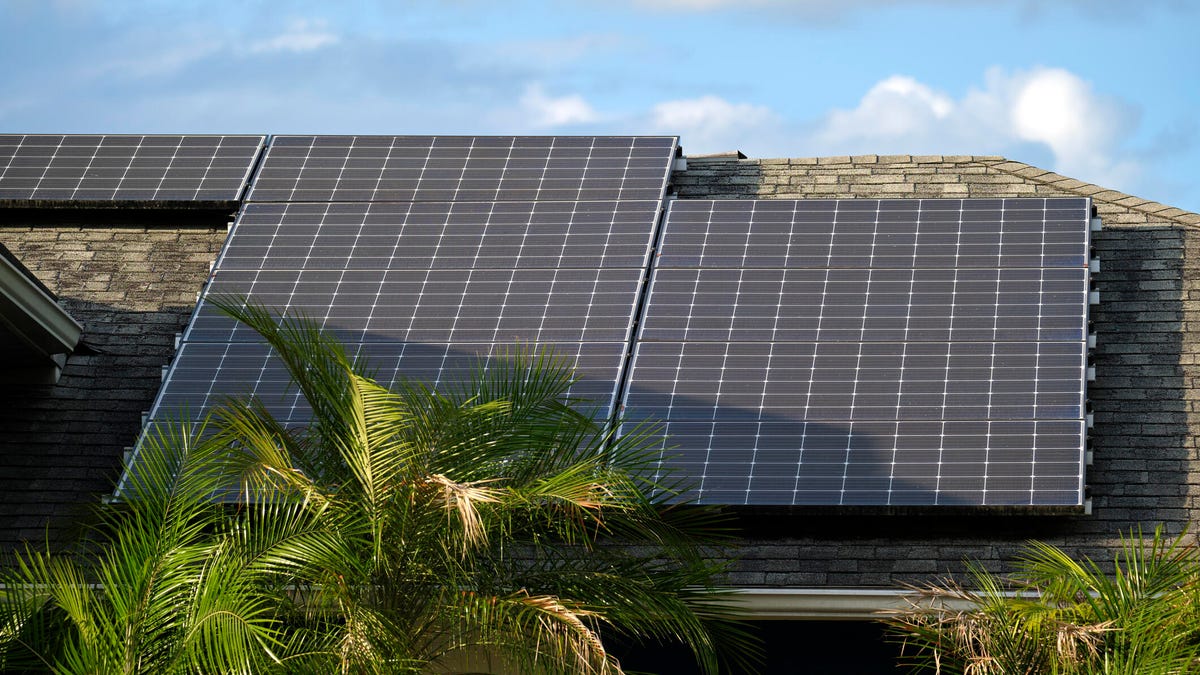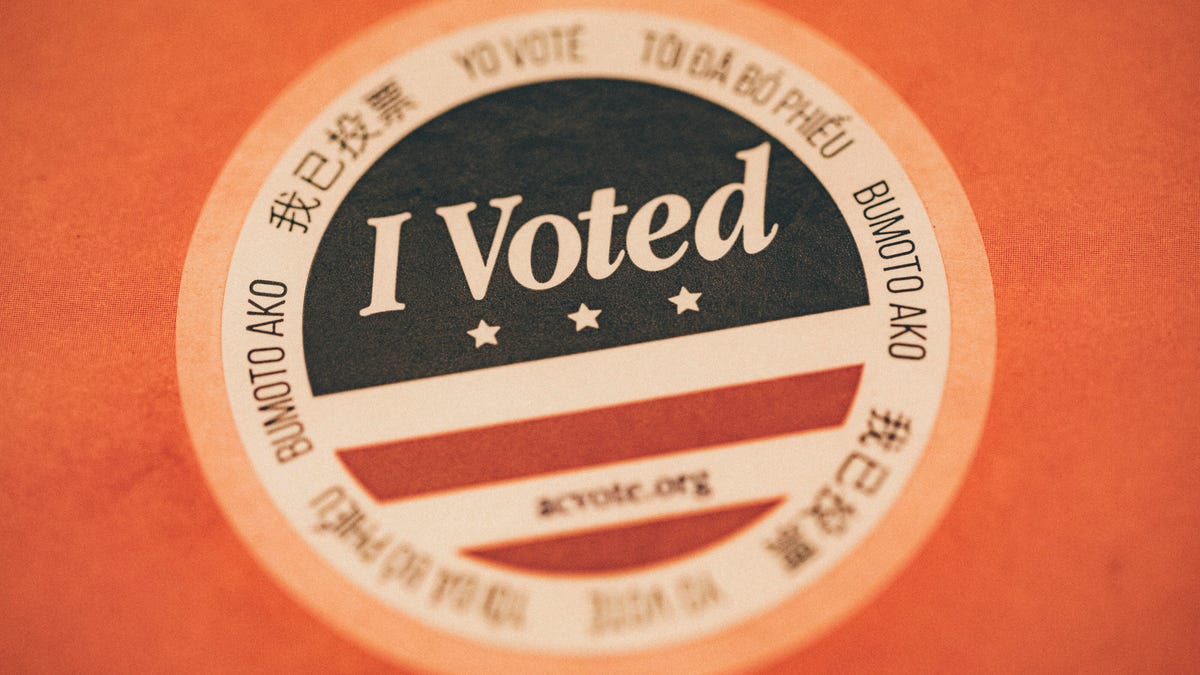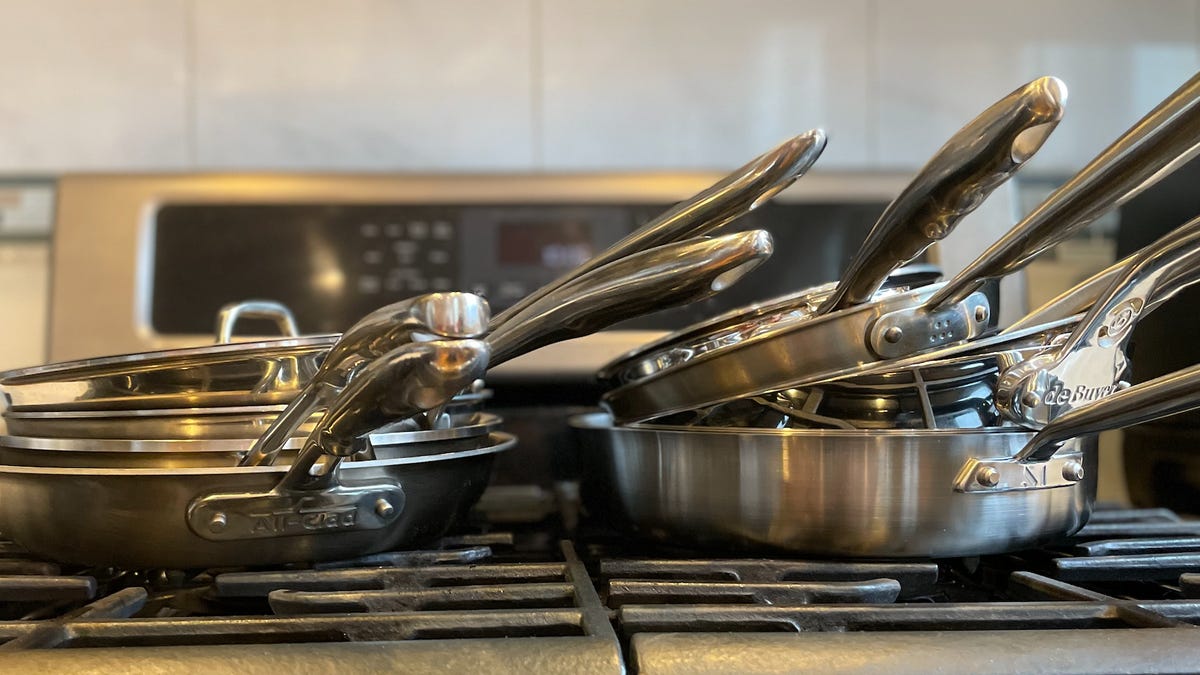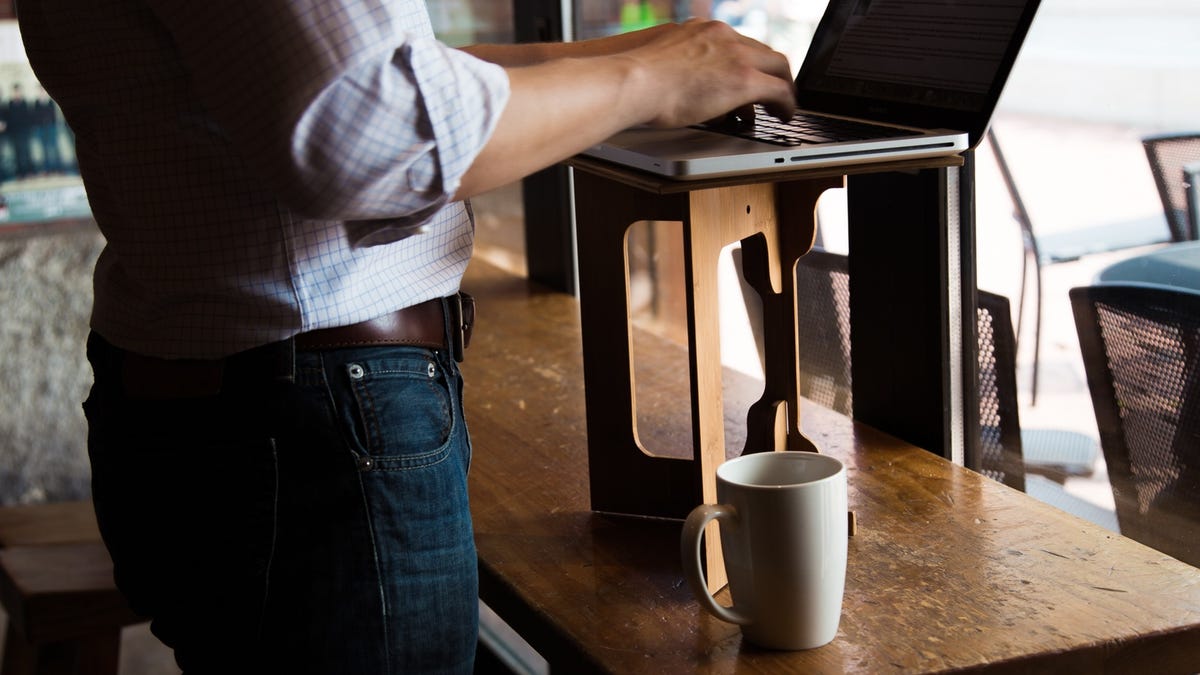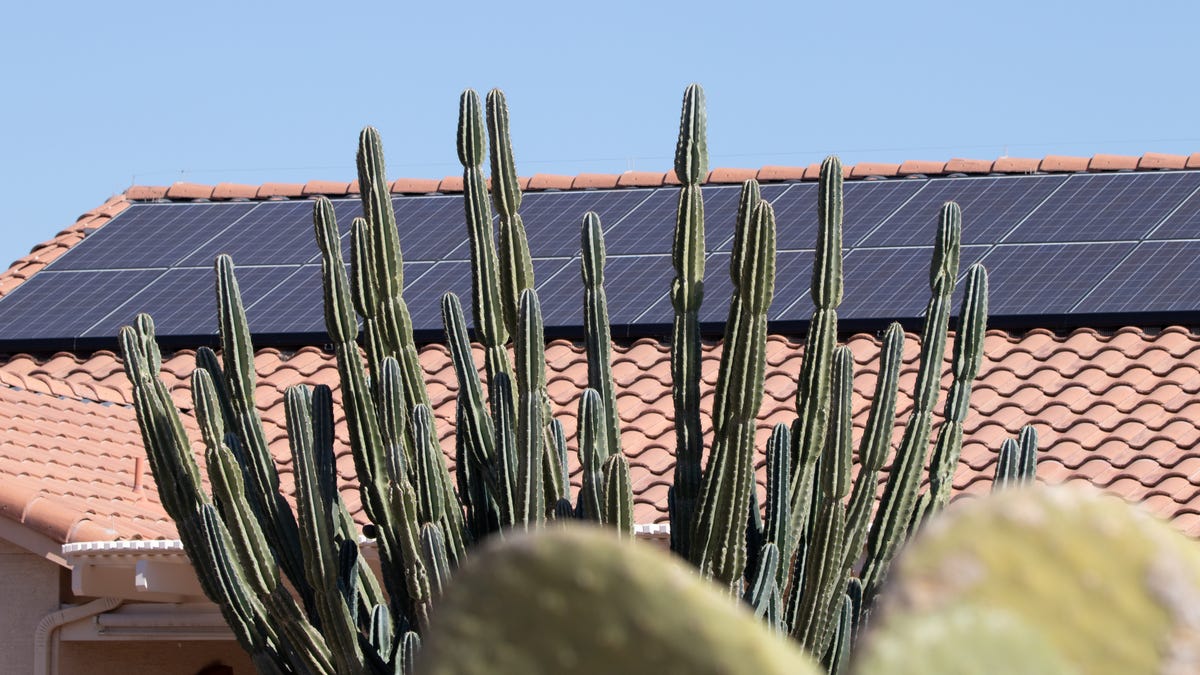Put Socks on Before You Fall Asleep and Thank Me Later
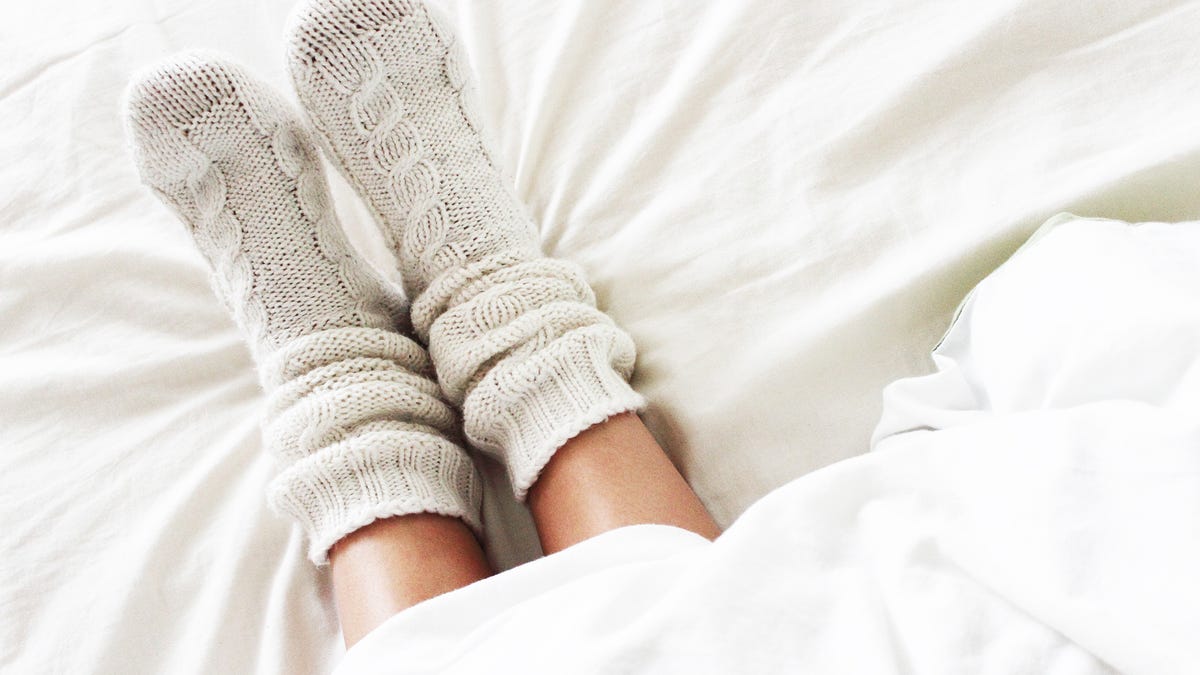
If you have a hard time sleeping at night, the solution could be on your feet. No, really.
While stress and certain health conditions are often the culprits behind insomnia and its restless nights, there could be another reason why you can’t get to sleep: cold feet. A 2018 study found that participants who wore socks to bed fell asleep faster, stayed asleep longer and woke less often than those who did not wear socks.
So, should you sleep with socks on? Keep reading to discover the benefits of wearing socks to bed, including the relationship between feet and sleep and who should avoid sleeping with socks.
For more help getting better sleep, check out our story on how to fall asleep in 10 minutes or less and our list of seven natural aids for insomnia.
Read more: Best Mattress
Can wearing socks help me sleep better at night?
Over the course of a day, your core body temperature rises and falls in conjunction with your circadian rhythm, aka your body’s 24-hour internal clock. Here’s how it works.
You’re at your warmest in the early evening, between 4 p.m. and 8 p.m. When you start to feel tired, your core temperature begins to drop, which lets your body know that it’s bedtime. By cooling down at this time, you can sleep more comfortably and avoid overheating at night, which can lead to insomnia or poor-quality sleep.
However, if your body senses that your feet are cold, it may try to overcompensate by increasing your core temperature — and when you’re hotter, it can be harder to fall asleep.
By wearing socks at night, you’ll warm up your feet and, in turn, cause the blood vessels to widen. This process is known as vasodilation and helps your body release heat through your skin, ultimately lowering your core body temperature.
Read more: Best Weighted Blanket
Benefits of wearing socks to bed
While sleeping with socks may help you fall asleep faster and get a better night’s rest, that’s not the only benefit of wearing socks to bed. Here’s how else it can help.
Reduce symptoms of Raynaud’s syndrome
Raynaud’s syndrome causes the blood vessels in your extremities to shrink, which decreases blood flow to those areas. As a result, the condition can cause the affected parts of your body — which may include your fingers, nose and toes — to feel cold and numb. If you sleep with socks, you can keep your feet warm, which makes you less likely to have a Raynaud’s attack.
Reduce hot flashes due to menopause
If you’re experiencing menopausal hot flashes or night sweats, it might surprise you to learn that wearing socks to bed might help cool you down. Before a hot flash, your core body temperature increases — but as we know, keeping your feet warm at night helps lower your temperature, which may counteract some of the menopausal heat loss.
Read more: Best Cooling Mattress Toppers for 2023
Reduce symptoms of insomnia
Insomnia is a sleep disorder that makes it difficult to fall asleep, stay asleep or get restful sleep. It has many risk factors, including mental health conditions and other medical issues. Research has found that warming your feet at bedtime assists with the faster onset of sleep, which suggests that wearing socks at night may ease insomnia.
Prevents cracked feet
If you have cracked feet or dry heels, you may be able to heal them by following a bedtime foot care routine that includes sleeping with socks. For the best results, you’ll want to soak your feet, pat them dry, scrub off the dead skin and apply lotion or healing cream. Finally, slip on a clean pair of breathable cotton socks to lock in the moisture.
Things to consider
If you decide to keep your socks on while you sleep, there are a few things to keep in mind, including the right kind of socks to wear in bed. We’ll explain more about this below. It’s also important to mention that wearing socks at bedtime isn’t for everyone. For example, if you have circulatory issues or swollen feet, sleeping with socks can reduce blood flow and make these problems worse.
What kind of socks should I wear to bed?
Above all else, you’ll want to pick a pair of socks that are loose and comfortable. If they’re too tight-fitting, they could impact blood circulation. You shouldn’t sleep in compression socks unless your doctor has recommended it.
Similarly, you should choose socks that are made from natural — rather than synthetic — materials. Natural fibers like cotton and cashmere are more breathable, which prevents bacteria growth and moisture retention.
Some of the best sock options include:
Cotton socks: As a plant-based material, cotton socks are an ideal option for vegans or people who don’t want to wear animal products. They’re warm and allow your skin to breathe without trapping moisture, which is ideal for temperature regulation.
Cashmere socks: Cashmere is a super-fine material made from goat hair. It’s light and warm but doesn’t cause your feet to overheat.
Merino wool socks: Made from the wool of Merino sheep, this material is softer and thinner than traditional wool. These socks are excellent at wicking moisture and are designed to keep your toes cozy and dry through the night.
Bed socks: These are socks made specifically for sleeping. Bed socks are thick yet breathable and made from various materials.
Is going to sleep barefoot bad for sleep?
While sleeping with socks has its benefits, that doesn’t mean that it’s bad to sleep barefoot. Sleeping sockless won’t negatively impact your health, but as discussed above, if you have insomnia, Raynaud’s syndrome or menopausal night sweats, wearing socks could help alleviate some of your symptoms.
Any alternatives if I hate wearing socks?
If you don’t like wearing socks while you sleep, there are a few alternative ways to get the benefits of sleeping with socks. One of the simplest options is to take a warm foot bath before you hop into bed, which has been linked with better sleep.
Another option is to put a warm blanket or heating pad at the end of your bed. By doing this, you’ll keep your feet cozy and improve circulation — without forcing yourself to wear socks.
A final alternative is to try making your own rice socks. These are rice-filled socks that have been warmed in the microwave to provide an ongoing source of heat while you fall asleep. These aren’t meant to be worn, but rather serve as a home-made heating pad.
To make rice socks, you’ll need a pair of durable socks, rubber bands and six cups of uncooked rice. Once you’ve gathered the materials, pour three cups of rice into each sock and tie it closed with a rubber band. Warm up the socks in the microwave for a minute or two, and then slip them under your covers to keep your feet toasty.
Can children sleep with socks?
If your little one is struggling to sleep, ask your pediatrician if it’s safe for them to sleep with socks. Babies can’t regulate their body temperature as effectively as adults, so it’s important to make sure that they don’t overheat.
To help promote better sleep, you can try giving your child a warm bath before bedtime. It’s best to avoid heating pads, electric blankets and hot water bottles in your little one’s bed, since these items could burn them or pose a fire hazard.
More advice for restful nights
Source: CNET



